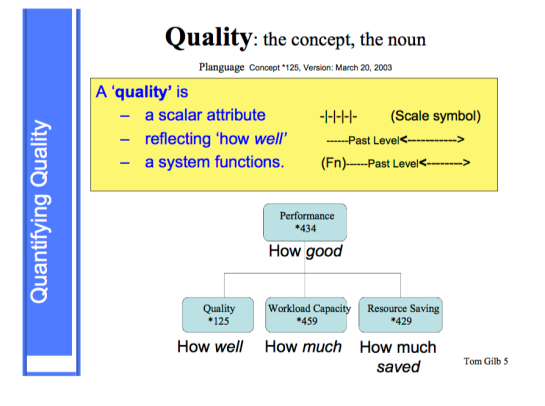We’re All In This Together
Creating, sustaining and continually improving effective ways of New Product Development requires the efforts, commitment and active participation of everyone in the organisation. It’s not something that can be delegated, offloaded or left to just one department, function or silo.
In my previous post, I mention a number of constraints which typically prevent an organisation from having an effective product development approach. If you take a look at that post, you may begin to see how these particular constraints are organisation-wide. And how reducing or eliminating them requires the active participation of everyone, from the CEO, through function heads, to the front-line workers:
Whole Products means specialists (sales people, marketeers, finance, operations and customer service specialists, etc.) from across the organisation are needed for each and every new product development.
SBCE means changes to accounting practices, personnel recruitment, allocation and training (HR), as well as the understanding and involvement of senior executives in investment and strategy decisions for the longer term.
Flow means reorganising and smoothing the internal operations (explicit or implicit value streams, customer journeys, etc.) which run through the daily business as usual of the whole organisation.
Transitioning from a projects-based approach to New Product Development to something more effective (such as FlowChain) requires the overhaul and replacement of many policies, procedures and expectations across the organisation.
Cognitive Function asks us to learn about topics – psychology, neuroscience, sociology, anthropology – with which we may have had little experience before. And to prevent just one group (NPD) getting wildly out of step with the rest of the organisation, most people coming into contact with these new ideas and ways of relating to each other will need to at least understand what’s going on.
A clearly-articulated and jointly-created product development doctrine offers a means to encourage debate, and understanding, across the whole organisation.
Summary
Each of the above changes requires new understandings and new behaviours – including e.g. cooperation, collaboration, trust, and support – from every department in the organisation. Existing incentives, goals and rewards schemes tailored to individual performance and local (function-specific) results will directly oppose these new behaviours, so must be replaced with schemes designed to foster the new behaviours. Old assumptions and power structures, again supporting of traditional ways of doing things, must be overhauled to become more relevant to our new, more effective ways of New Product Development.
Ultimately, we will find ourselves asking the question “Is it worth it? Does an amazing uplift in our organisation’s ability to release new products and product updates with:
- fewer delays and overruns
- higher quality
- lower cost
- better product-market fit
warrant the root-and-branch changes necessary for success? Are we in business for the long-haul? And do we each want to be proud to have played our part in creating something truly awesome?
– Bob




